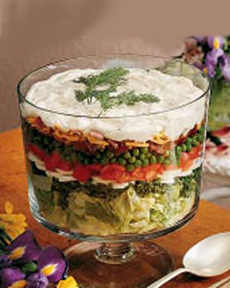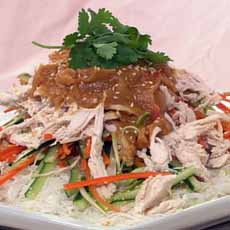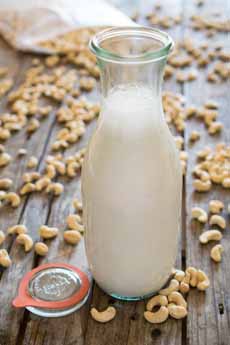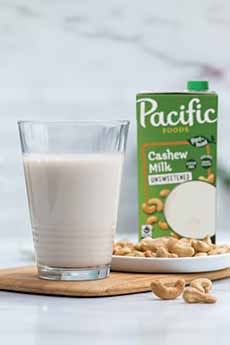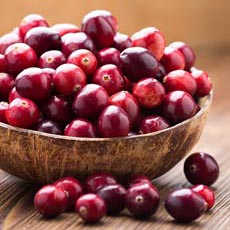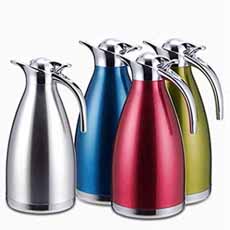
[1] There’s nothing like a great homemade gravy. Here’s the recipe from What’s Gaby Cooking.
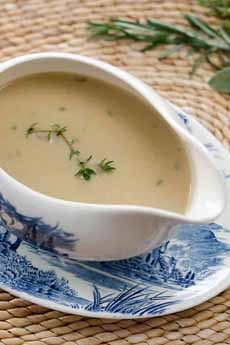
A lighter-color gravy is made with a blonde roux. Here’s the recipe from Cook Eat Paleo.
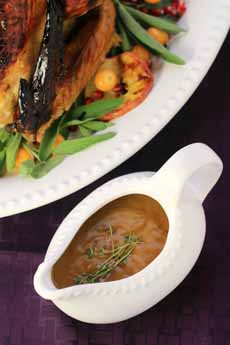
[3] For a darker gravy, use a brown roux. Here’s a recipe from Life Love Liz.
|
|
Basic gravy is made of three ingredients: butter or other fat, stock or other liquid, and flour to thicken and bind them together. Numerous other ingredients can be used—herbs, giblets, mushrooms, onions, pan drippings, seasonings, etc.
Sounds simple enough; yet of all the foods on the Thanksgiving table, gravy is the one that seems to give cooks the most anxiety.
Forewarned is forearmed. Here are common gravy problems, and how to work around them.
1. THE GRAVY IS TOO THIN
Note that gravy thickens as it cools, so first consider if you have an issue.
Next, you can let the gravy continue to simmer on the stove top, without a lid. For a quicker fix, use one of these starches:
Arrowroot: This is the best option, since arrowroot has no flavor. Blend 1 tablespoon of arrowroot per cup of gravy in a small cup or other vessel, using just enough cold water to dissolve it. Stir until dissolved into a slurry (we use a fork or a tiny whisk); then mix into the gravy, stirring constantly. When the gravy thickens, it’s ready to serve.
Cornstarch: Blend 1 teaspoon per cup of gravy, in cold water. Stir until dissolved; then mix into the gravy. Continue to cook and stir, to eliminate the cornstarch flavor.
Flour: Blend 3 tablespoons per cup of gravy, in cold water. Stir until a smooth paste, then mix into the gravy. Continue to cook and stir to eliminate the raw flour flavor.
2. THE GRAVY IS TOO THICK
Thin it with beef, chicken or vegetable broth, or water. Whisk in the liquid until you have reached the desired consistency.
3. THE GRAVY IS LUMPY
The way to avoid lumps is to add the flour slowly, so it doesn’t lump. Whisk the gravy constantly as you do this.
A trick is to mix the flour with water or stock before adding it to the gravy. This enables the flour to start dissolving before being added to the gravy, and reduces the chances of lumps forming.
If you do have lumps, however:
Pour the gravy through a mesh strainer into a pan. Heat gently, stir and serve immediately. Or…
Beat the gravy until smooth with a whisk or rotary beater. If you still have lumps, use a food processor or blender. Reheat, stirring constantly, and serve immediately.
4. THE GRAVY IS TOO SALTY
If it’s lightly oversalted, add a peeled, quartered raw potato and simmer for 15 minutes. Remove the potato and taste the gravy. If it’s still too salty:
Add a squeeze of lemon.
Add a few pinches of light brown sugar—just a few, or gravy will be too sweet.
If it’s severely oversalted, the only solution is to increase the quantity. Prepare another batch of gravy without any salt and blend the two batches together.
|
5. THE GRAVY COLOR IS TOO LIGHT
There’s nothing wrong with light-colored gravy. As you can see from the photos, gravy comes in a range of colors, depending on the recipe.
Most recipes start with a roux (ROO), made by cooking flour in the fat (pan drippings, butter or oil). The roux will be white, blonde or brown, depending on how long it is is cooked; the color determines the color of the gravy.
But if the color of the gravy bothers you, here are two options to darken it:
Add a spoonful of Kitchen Bouquet, to the desired color. Kitchen Bouquet is a venerable gravy-fixer, adding caramel color and vegetable flavorings. It was one of the products featured in the United States exhibit at the Paris Exposition of 1889. Our mom swore by it; Food stylists often blend it with water to create a cup of “coffee.”
Add 1/2 teaspoon of instant coffee.
6. THE GRAVY IS TOO GREASY
For an immediate fix, skim the fat off the top. If it’s still greasy, top it with a slice of fresh bread to sop up the grease.
If you have more time, chill the gravy. The fat will congeal on the top, making it easy to skim. Then, just reheat and serve.
7. THE GRAVY COLOR IS TOO LIGHT
While some people plan for 1/2 cup of gravy per person, we recommend that you double it: one cup per person. You don’t want to run out of gravy, and it allows a good supply for leftovers. Plus, it freezes nicely.
Another way to plan ahead is to buy a couple of packets of McCormick turkey gravy mix. Just add water, and in five minutes you have hot gravy.
In a pinch, make more gravy with 3 cups of chicken broth, 1 cup of white wine, 1/2 stick butter. Combine in a saucepan over medium heat, slowly whisk in 1/2 cup of flour, and season with salt and pepper to taste.
Have other gravy tips? Let us know!
|
